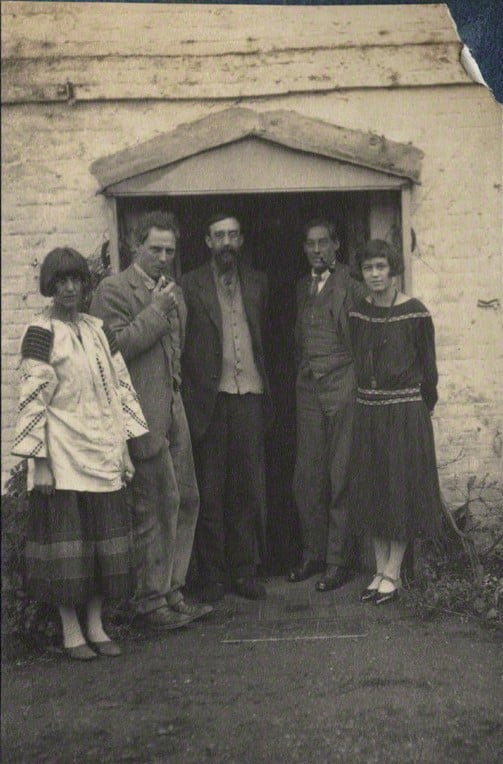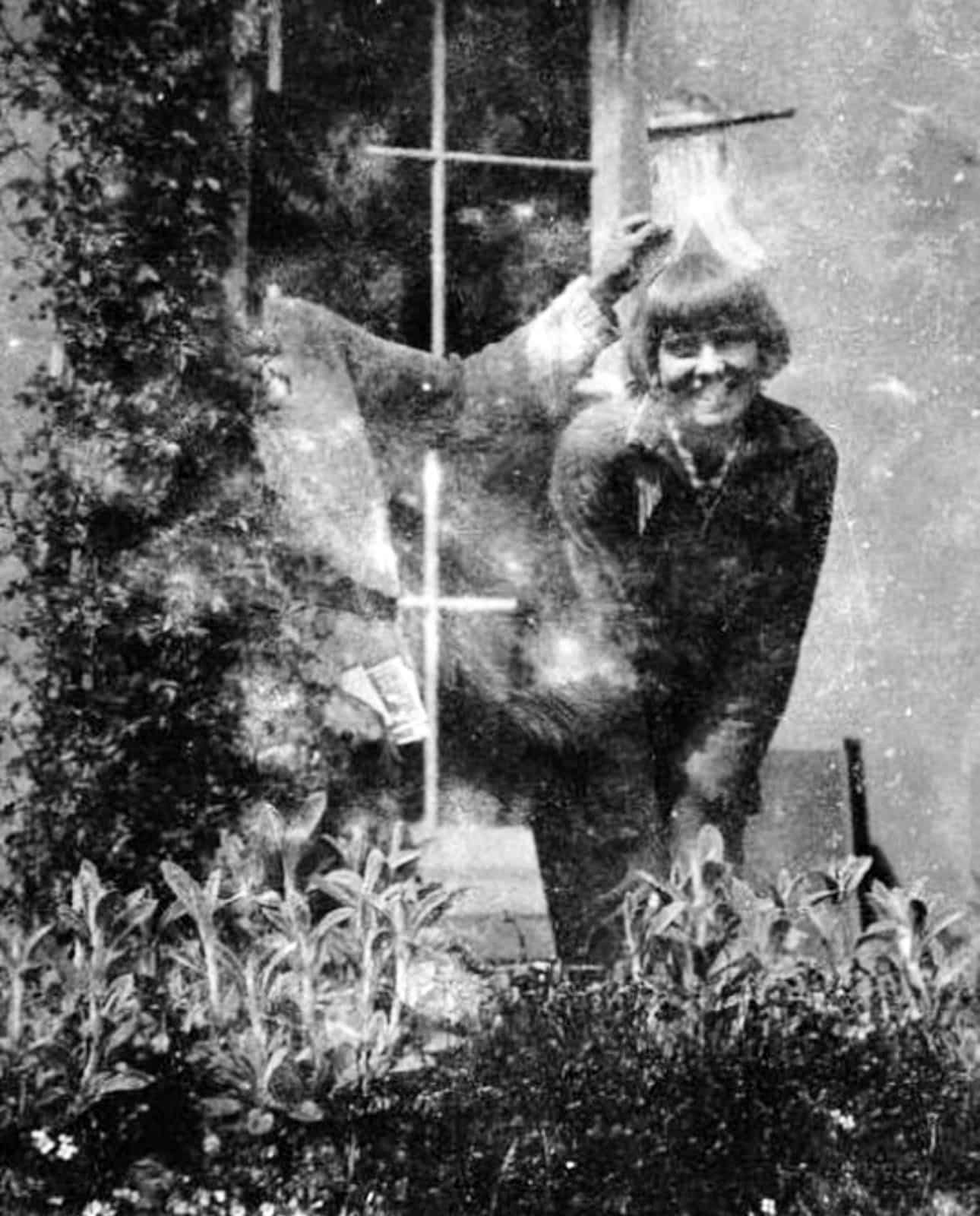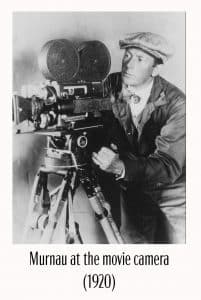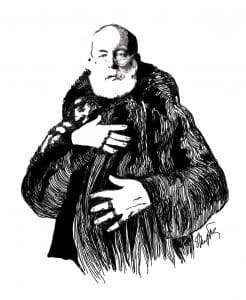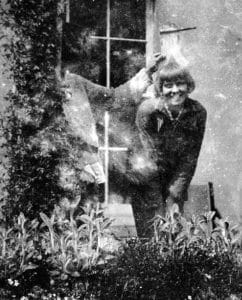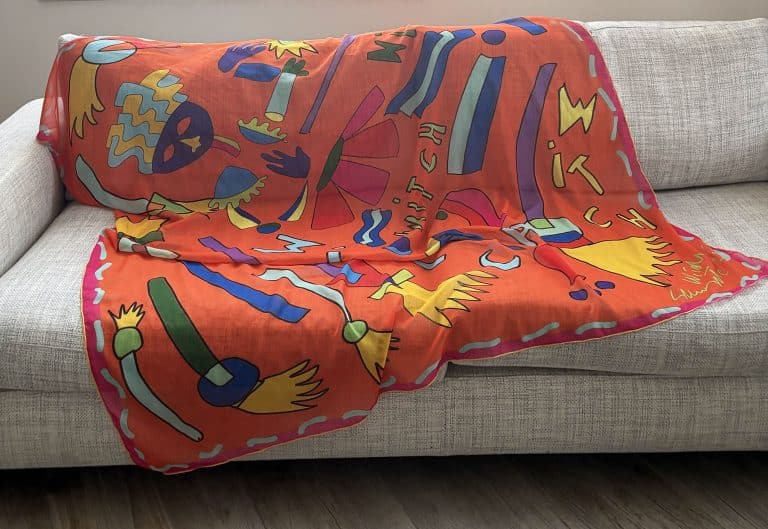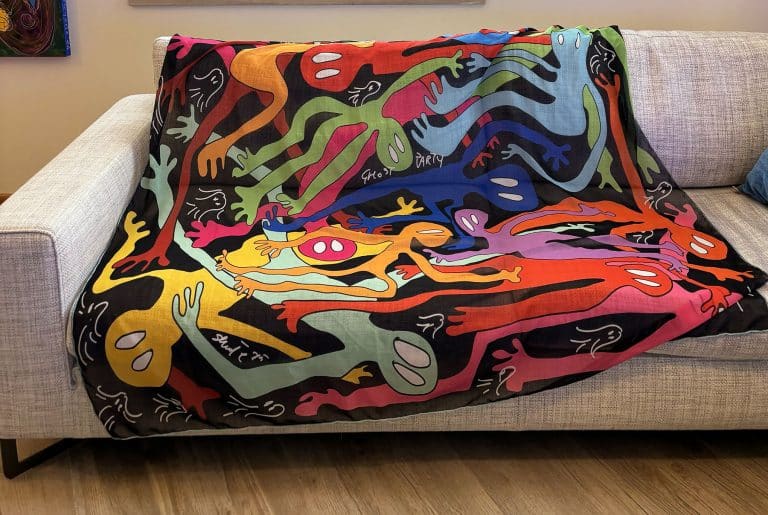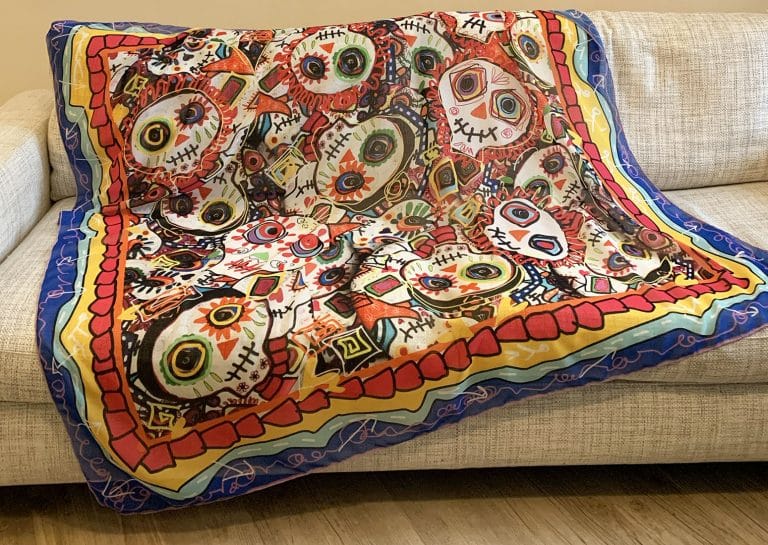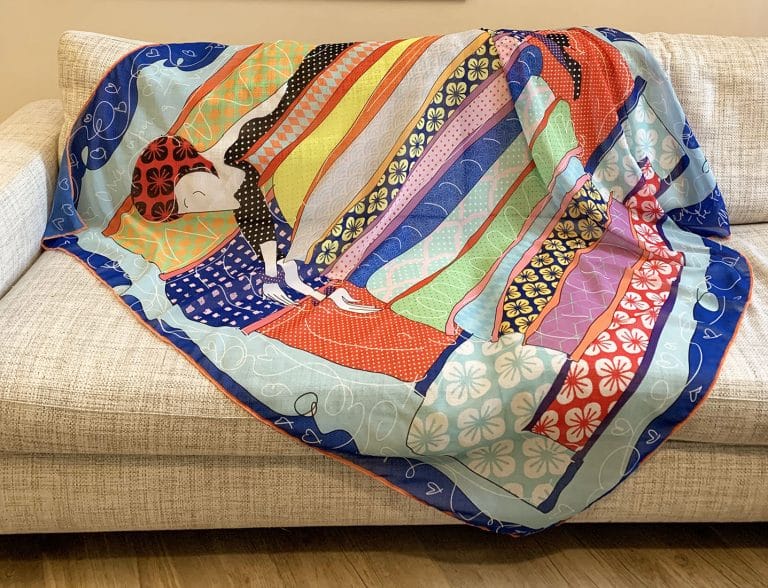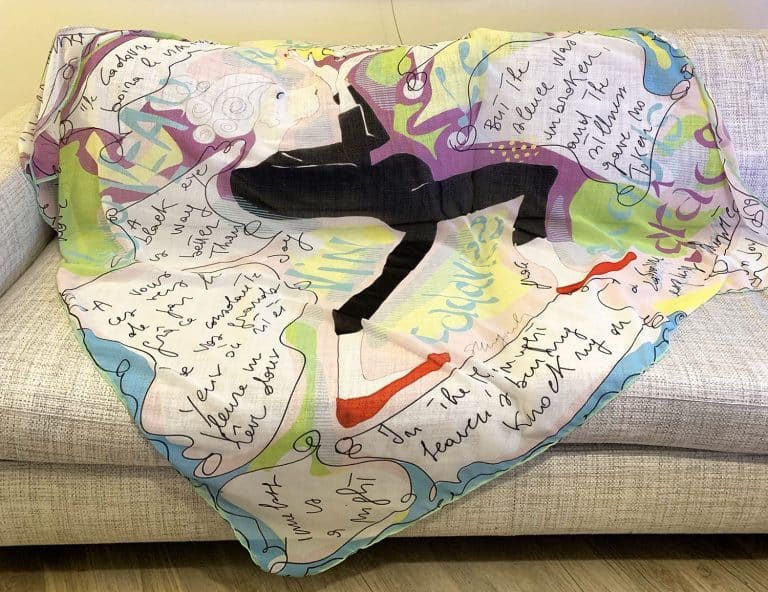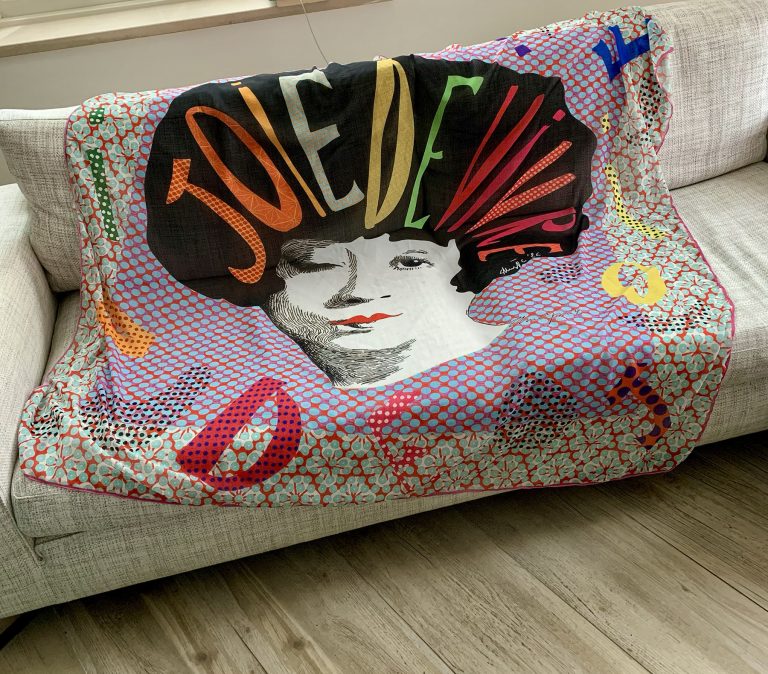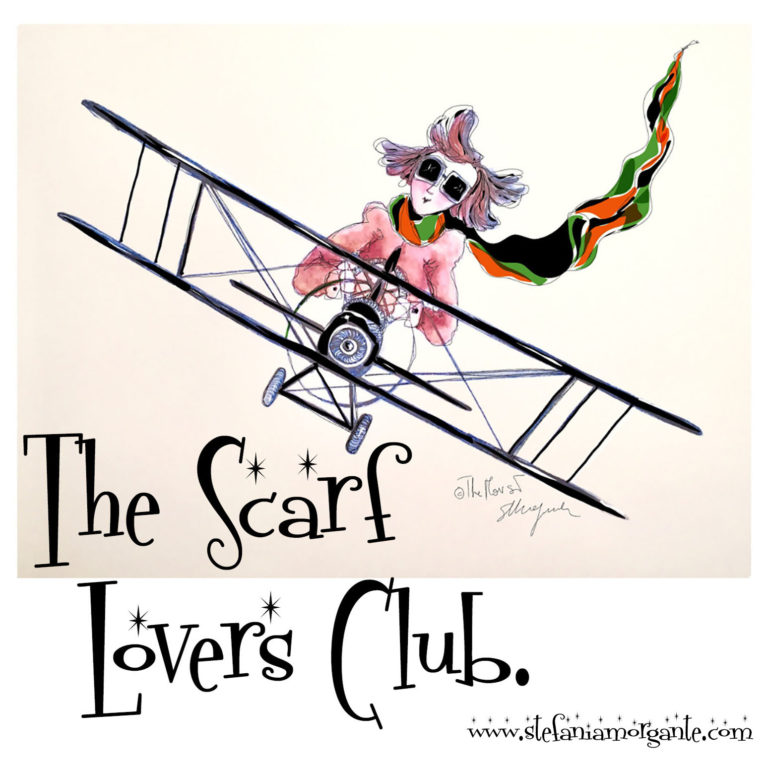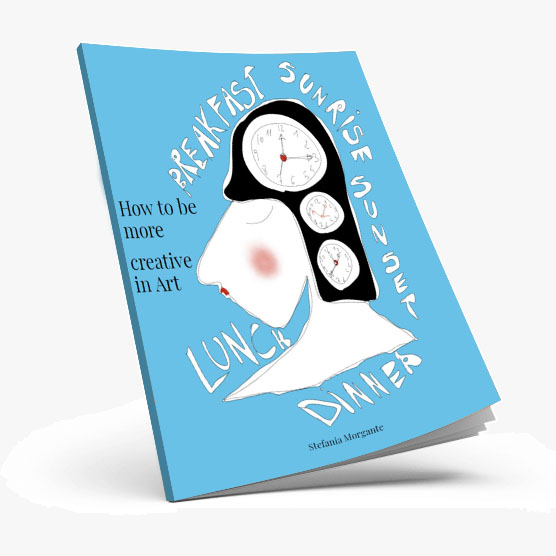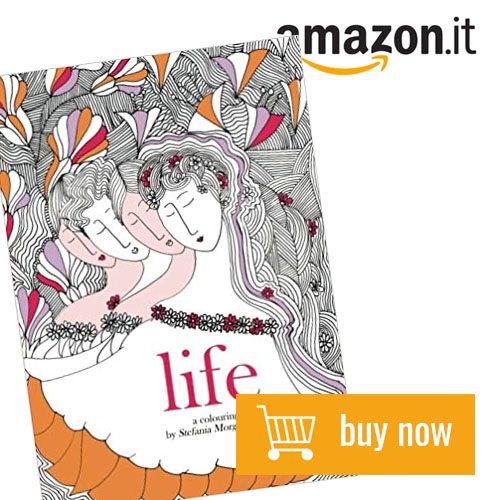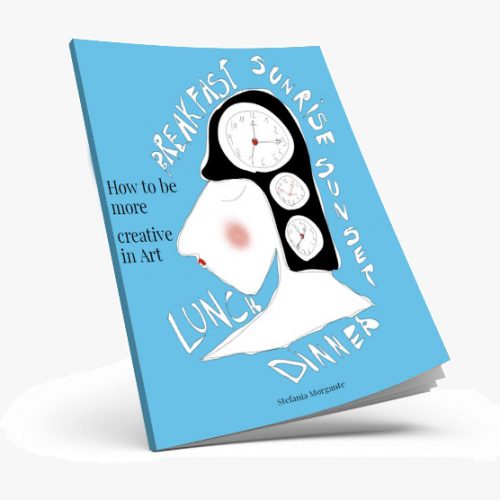A mixture of impulse and self consciousness.
Often you get to know an artist in a bizarre way.
For example, going from a movie seen months ago: Almodovar’s The Room Next Door to Hampton’s Carrington.
The former winner of the Golden Lion at Venice 81 in 2024, the latter winner of the Palme d’Or at Cannes 48 in 1995.
On the surface, the two films have nothing in common. They are both stories of women, but in different contexts.
And yet, they both have interesting and specific connections.
The first mentions the second, or rather, both mention and tell the story of the artist I want to introduce to you: Dora Carrington.
In Almodovar’s movie, one of the protagonists, Ingrid (played by Julianne Moore) talks about her research for a new book, about Carrington‘s unrequited love for Lytton Strachey. Underlying the story is the impossible love and the bewilderment of losing the loved one that nullifies any purpose in life.
Added to this is the theme of loss, of a dream dashed and the impotence of trying to control destiny.
Here’s what Ingrid (Julianne Moore) says:
— INGRID
Actually, I am! I’m doing research on the
painter Dora Carrington and her intense
devotion to the writer Lytton Strachey.
Here he is. (Ingrid takes the books from
the table) Strachey was gay, so she
married the straight man that he was
infatuated with. It’ll be the story of the
trio. It isn’t groundbreaking, but I want
to see where it takes me. Here you go…look at this…
Ingrid takes the book about Dora Carrington’s work and the two
of them glance through it, pausing at some of the paintings,
the most representative ones.
— INGRID
Her work isn’t very well known.
Unfortunately for her, there was a more
famous painter, the surrealist Leonora
Carrington, whose name was obviously very
similar to hers. Dora was better known for
this deranged love story with Strachey.
She devoted seventeen years of her life to
him. It’ll be a fictionalized biography,
so I’ll make some stuff up too.
( from the screenplay of the movie The Room next door )
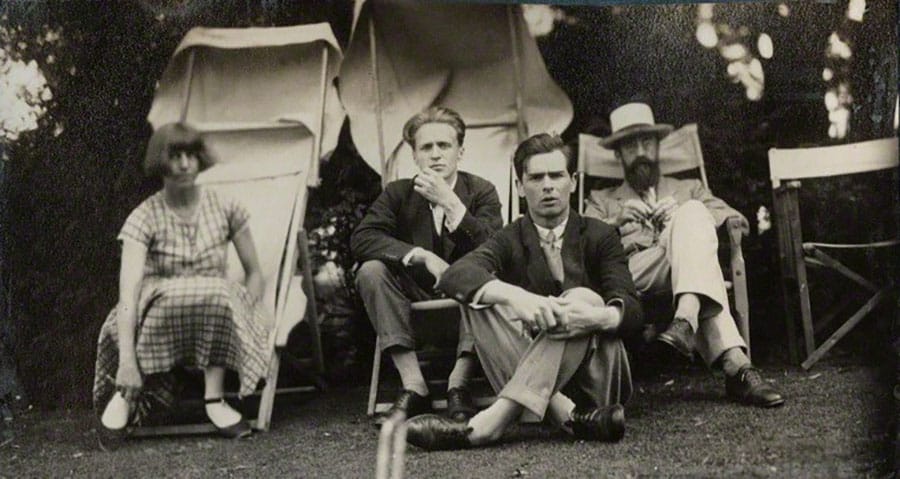
Through Ingrid, Almodóvar briefly tells us about the inevitability of death and the loss of a purpose that keeps us alive. But also about inner suffering and the absolute freedom to make fundamental choices about life (and death) for oneself.
Both the main character in Almodovar’s movie, Martha (Tilda Swinton), and Carrington, the real artist who lived until 1932, want to choose their own end when they no longer see a purpose in staying alive.
In the movie, art is used to explain the need to end suffering.
The 1995 movie, on the other hand, is a portrait of the artist Carrington, played by Emma Thompson.
Early life and education.
But who is Dora Carrington?
Dora Carrington was born on March 29, 1893, in a small village in Herefordshire, England. She was the daughter of a merchant and a housewife, and her family’s modest means did not prevent her from exploring her artistic inclinations from an early age. Growing up in a household that valued education, Carrington was encouraged to express her creativity, which eventually led her to pursue formal art training. After moving to London, she attended the Slade School of Fine Art, where she honed her skills and developed her unique style. The Slade was known for its progressive approach to art education, encouraging students to explore their individuality and challenge conventional norms.
During her time at the Slade, Carrington was exposed to a diverse range of artistic movements. The influence of the Post-Impressionists, particularly Vincent van Gogh and Paul Cézanne, was evident in her early works. She experimented with color, form, and perspective, seeking to capture the emotional essence of her subjects rather than merely replicating their physical likeness. This exploration of the emotional depth in art would become a hallmark of her later works. It was also at the Slade where she began to forge lasting relationships with fellow artists and intellectuals, laying the groundwork for her future involvement with the Bloomsbury Group.
Carrington’s education was not solely confined to the technical aspects of painting. The vibrant discussions and intellectual debates among her peers at the Slade fostered her critical thinking and challenged her to articulate her views on art and life. This environment nurtured her emerging identity as an artist and set the stage for her involvement in one of the most influential artistic movements of the early 20th century.
Quite aloof from the Bloomsbury Group of Vanessa Bell and Virginia Woolf, their brothers Stephen (and Clive Bell, Lytton Strachey, Roger Fry, E.M. Forster etc.), perhaps because of her shyness, or her non-conformity, or her desire to move away from London and live in the countryside.
So uninterested in success and fame that she refused to exhibit her work, sell it or even sign it. For her, art was pure pleasure and a personal pursuit.
In June 1918 Virginia Woolf wrote about her in her diary:
“She is odd from her mixture of impulse & self consciousness. I wonder sometimes what she’s at: so eager to please, conciliatory, restless, & active…. [B]ut she is such a bustling eager creature, so red & solid, & at the same time inquisitive, that one can’t help liking her.“
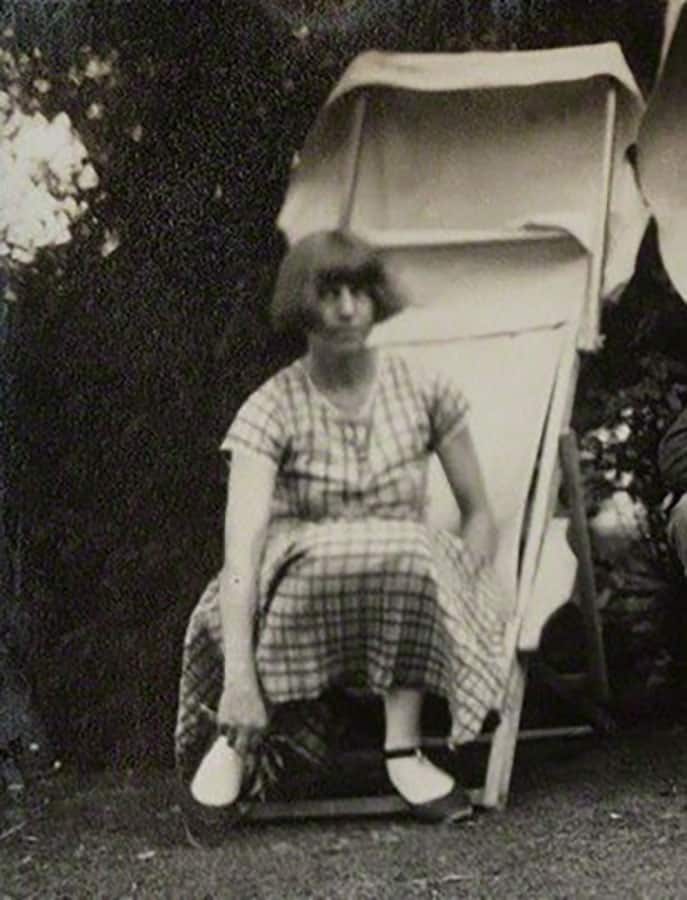
Carrington’s relationships and personal life.
Carrington had an androgynous figure, with short hair in a square bob and an unusual love life. For most of her short life she loved the homosexual writer Strachey, although she also married and had affairs with other artists and women.
She met him in 1915 and in 1921 she married his lover Ralph Partridge (to maintain a concrete relationship with Strachey, she accepted a Ménage à trois) and they lived together in Ham Spray in Wiltshire.
Until 1932, the year in which Strachey fell ill and died, she decorated two houses, painting the walls and furnishings, ceramics, pub signs, tin objects, fireplaces, she painted portraits of the members of the Bloomsbury Group and landscapes.
She paints plates and tiles, perfects her oil painting, does woodcuts, decorates furniture. Trying to find a balance between her impossible love for Strachey and the companions she would have from time to time to fill that void.
She devoted herself to art without any ambition. Also because she received no particular attention from critics and her painting, defined as progressive, differed from the English artistic currents of the time. It did not arouse much interest, perhaps because of its very broad scope.
In practice her work is not considered true art, as she uses media and materials that were unusual for the time.
Her landscapes are defined as surrealist, because the sensation one has is of interior landscapes that blend with visual perception. The mountains seem like bodies covered in skin, nature seems to pulsate.
Dora Carrington’s personal life was as complex and layered as her art. She became well-known for her relationships with prominent figures in the Bloomsbury Group, notably her long-term relationship with the biographer and critic Lytton Strachey. Their unconventional partnership, marked by deep emotional connection and artistic collaboration, significantly influenced both Carrington’s life and her work.
Carrington often painted Strachey, capturing his essence in a way that highlighted her deep affection for him.
The dynamic between Carrington and Strachey was multifaceted; while their bond was rooted in mutual admiration and intellectual stimulation, it was also complicated by Strachey’s unfulfilled romantic desires. This tension found its way into Carrington’s art, where themes of longing and emotional complexity became prevalent.
Aside from her relationship with Strachey, Carrington had a number of other significant connections, including friendships with artist Vanessa Bell and writer Virginia Woolf. These relationships enriched her life and inspired her artistry, as she navigated the intricacies of love and friendship within the context of an evolving society. Carrington’s bisexuality also played a significant role in her life, as she explored her identity through her relationships with both men and women. This aspect of her life further complicates her artistic narrative, as she grappled with societal expectations and her own desires, ultimately weaving these experiences into the fabric of her art.
In January 1932 Strachey fell ill and died a few months later. Carrington fell into a depression and survived him by only two months, when he decided to kill himself.
On her second attempt she succeeded in killing herself.
Before doing so, she threw away her paints and brushes.
It was March 11, 1932. Her body was cremated and her ashes buried under the laurels in the garden of Ham Spray House.
Her art fell into oblivion until the seventies, when it began to receive attention once again.
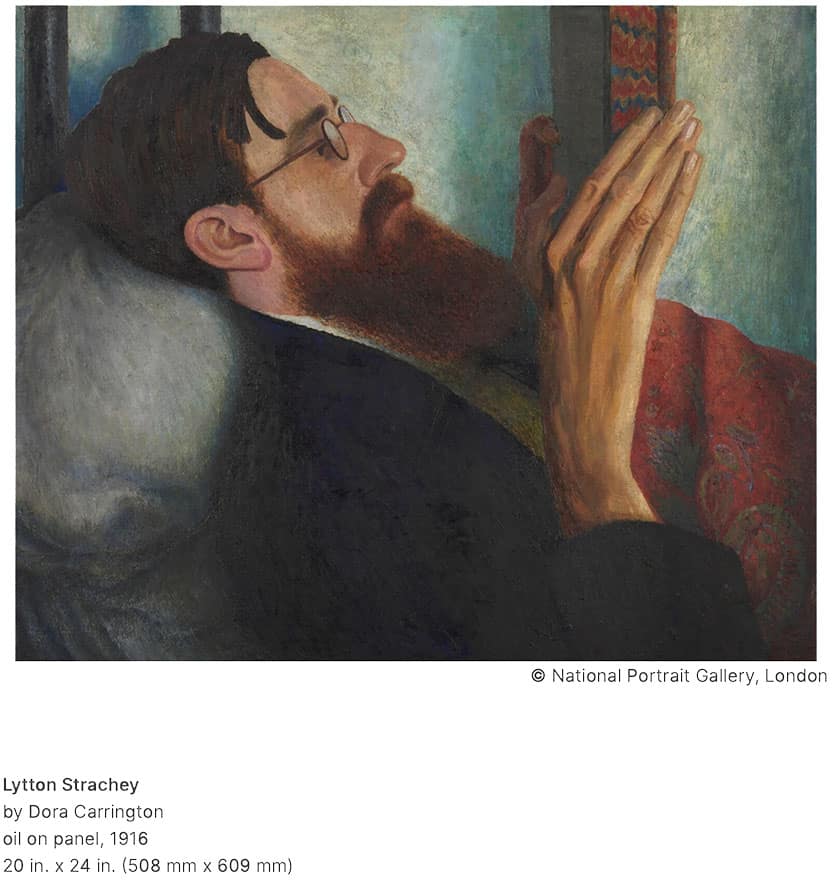
Carrington’s artistic style and influences.
Dora Carrington’s artistic style is often characterized by its rich colors, emotive compositions, and the interplay of light and shadow. Her work defies easy categorization, as she blended elements of Post-Impressionism with a personal touch. Carrington was not afraid to experiment with various mediums which allowed her to express her ideas and emotions in a multitude of ways. This versatility is evident in her portraits, landscapes, and still lifes, where she often infused her subjects with a sense of intimacy and vulnerability.
Influenced by her contemporaries in the Bloomsbury Group, Carrington drew inspiration from the art of her peers, including Vanessa Bell and Duncan Grant. Their innovative approaches to color and form resonated with her, encouraging her to explore her own artistic boundaries.
However, Carrington’s work also reflects her personal experiences and the emotional landscapes of her life. Themes of longing, desire, and identity permeate her paintings, offering viewers a glimpse into her inner world. This emotional resonance is what sets her apart from many of her contemporaries and adds a layer of complexity to her art.
In addition to her immediate circle, Carrington was inspired by the broader art movements of her time, including the Arts and Crafts movement and the burgeoning modernist scene. The emphasis on craftsmanship and the value of individual expression in these movements resonated deeply with her. As she continued to develop her style, she embraced the idea that art should not only represent reality but also reflect the artist’s subjective experience. This philosophy became a guiding principle in her work, leading her to create pieces that were not only visually striking but also deeply personal and introspective.
The legacy of Dora Carrington.
Dora Carrington’s legacy continues to resonate within the art world and beyond. Although her career was relatively short, her body of work has garnered renewed appreciation in recent years. Carrington is now recognized not only for her distinctive style but also for her contributions to the Bloomsbury Group and the broader discourse on gender and identity in art. Her paintings, characterized by their emotional depth and innovative techniques, serve as a bridge connecting early 20th-century art movements to contemporary discussions about the role of personal experience in artistic expression.
The revival of interest in Carrington’s work has led to exhibitions and retrospectives that celebrate her life and art. Institutions that focus on women artists have played a crucial role in bringing her work to a wider audience, highlighting the importance of recognizing female contributions to the art world. These efforts have helped to situate Carrington within the context of feminist art history, allowing new generations to appreciate her unique perspective and the challenges she faced as a woman in a male-dominated field.
Today, Dora Carrington is celebrated not just as an artist, but as a figure who challenged societal norms and explored the depths of human emotion through her compelling body of work.
In 1970 David Garnett published a selection of letters and extracts from her diary; since then, critical and popular appreciation of her work has increased considerably. In 1978, Sir John Rothenstein, director of the Tate Gallery in London for almost thirty years, called Dora Carrington “the most neglected serious painter of her time”.
Carrington was one of the five artists featured in the 1989 television series Five Women Painters produced by the Arts Council and Channel 4, with a book of the same name published by Lennard.
In 1995 a major retrospective exhibition was dedicated to her at the Barbican Art Gallery in London and in 2024-2025 another retrospective at the Pallant House Gallery in Chichester.
Two of her works are on display at the Tate Gallery.
And this is where the second movie I mentioned at the beginning of this post appears. If you want to see it, it’s HERE.
Emma Thompson is a tenacious, solitary, fragile and determined Carrington, but also passionate, melancholic, reflective. In an England of marvelous landscapes, of feelings filtered by culture and art, and of absolute sexual freedom.
If you want to read something about her, there’s Jane Hill’s book, The Art of Dora Carrington.
And Gretchen Gerzina’s book Carrington: A Life.
And Michael Holroyd’s Lytton Strachey.
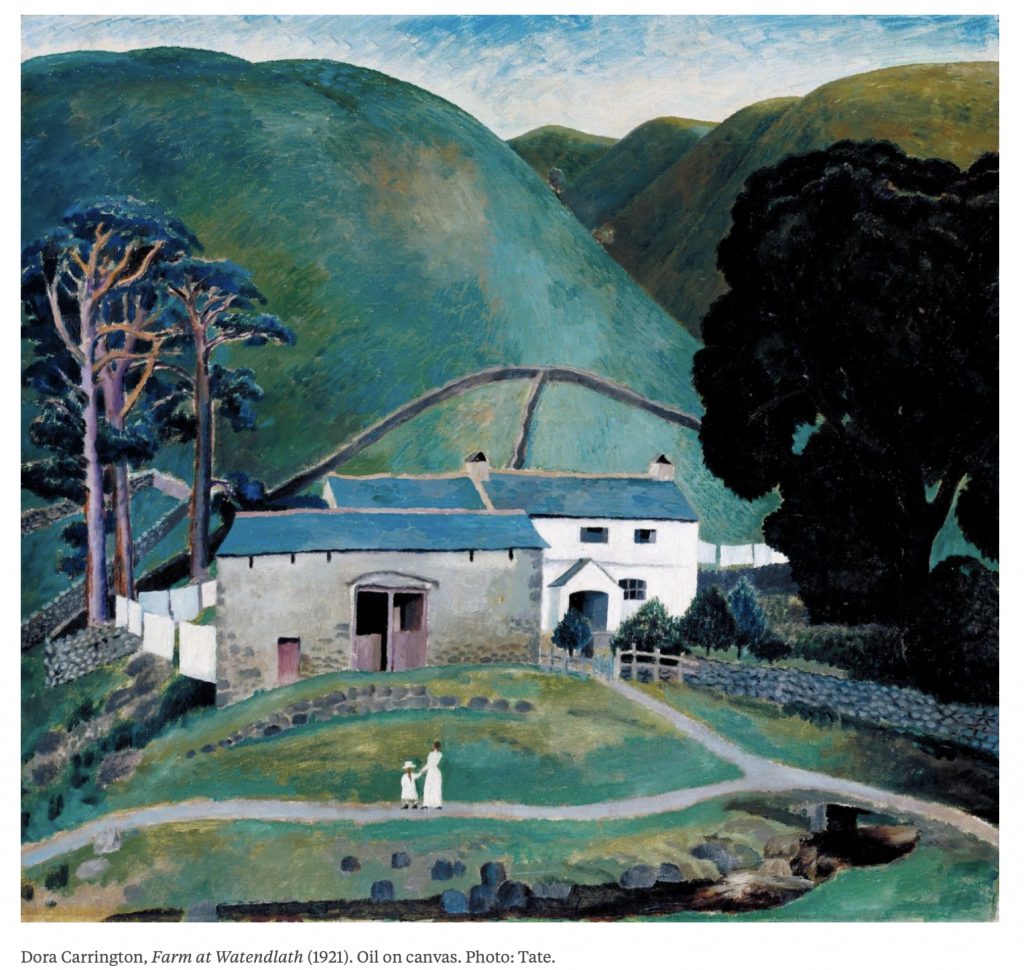
The impact of Carrington’s art on the art world.
Dora Carrington’s impact on the art world is multifaceted, encompassing her innovative techniques, emotional depth, and her role in the Bloomsbury Group.
Her distinct approach to portraiture and landscape painting paved the way for future artists to explore the emotional resonance of their subjects. Carrington’s ability to infuse her works with personal narrative and symbolism encouraged a shift in how art was perceived—moving away from mere representation to a more introspective exploration of identity and experience. This shift is particularly significant in the context of women’s contributions to art, as Carrington’s work often challenged the traditional narratives that dominated the art scene.
Moreover, Carrington’s connection to the Bloomsbury Group introduced a collaborative spirit that influenced her contemporaries and subsequent generations of artists. The group’s emphasis on intellectual engagement and artistic experimentation fostered an environment where artists could thrive and explore new ideas. Carrington’s relationships with fellow artists, writers, and thinkers enriched her work and provided a platform for discussing themes of identity, sexuality, and emotional complexity. This collaborative ethos has had lasting implications, as it continues to inspire artists to seek out community and engage in dialogue about their work and its broader societal implications.
Dora Carrington’s contributions to identity and feminism.
As a woman navigating the male-dominated art world, Carrington’s experiences reflect the broader struggles faced by women artists of her time.
Carrington’s work often explored themes of identity, sexuality, and emotional complexity, providing insight into the internal landscapes of women and the challenges they faced in a restrictive society.
Furthermore, Carrington’s relationships with both men and women placed her at the intersection of feminist and LGBTQ+ narratives. Her long-term partnership with Lytton Strachey, alongside her connections with women like Vanessa Bell, exemplifies her fluid understanding of love and identity. This exploration of sexuality within her personal life translated into her art, where themes of longing and desire are prevalent. By expressing her own experiences and emotions, Carrington contributed to a broader discourse on sexual identity and the fluidity of love, challenging the rigid norms of her time.
Identity is a central theme in Dora Carrington’s work, manifesting itself in various forms throughout her artistic journey. Her exploration of self is intricately woven into her paintings, as she grapples with her own experiences of love, longing, and belonging. Carrington often portrayed her subjects—whether friends, lovers, or landscapes—with a sense of intimacy that invites viewers to engage with the emotional narratives embedded within each piece. This ability to convey personal and universal themes of identity allows her art to resonate with audiences on a profound level.
One of the most striking aspects of Carrington’s exploration of identity is her willingness to confront the complexities of human emotion. Through her portraits, she captured not only the physical likeness of her subjects but also their inner lives, expressing vulnerability and depth. This emphasis on emotional honesty reflects her own struggles with identity, as she navigated the societal expectations placed upon women in her time. The interplay of light and shadow in her works often symbolizes the dualities of existence—joy and sorrow, love and loss—inviting viewers to reflect on their own experiences and identities.
Additionally, Carrington’s artistic process was deeply intertwined with her understanding of her own identity as an artist and a woman. She often painted in response to her lived experiences, using art as a means of self-expression and exploration. This connection between her identity and her work highlights the importance of personal narrative in the creative process. Carrington’s art becomes a testament to the power of vulnerability and authenticity, demonstrating that the exploration of identity can be both a deeply personal journey and a universal experience that resonates across time and space.
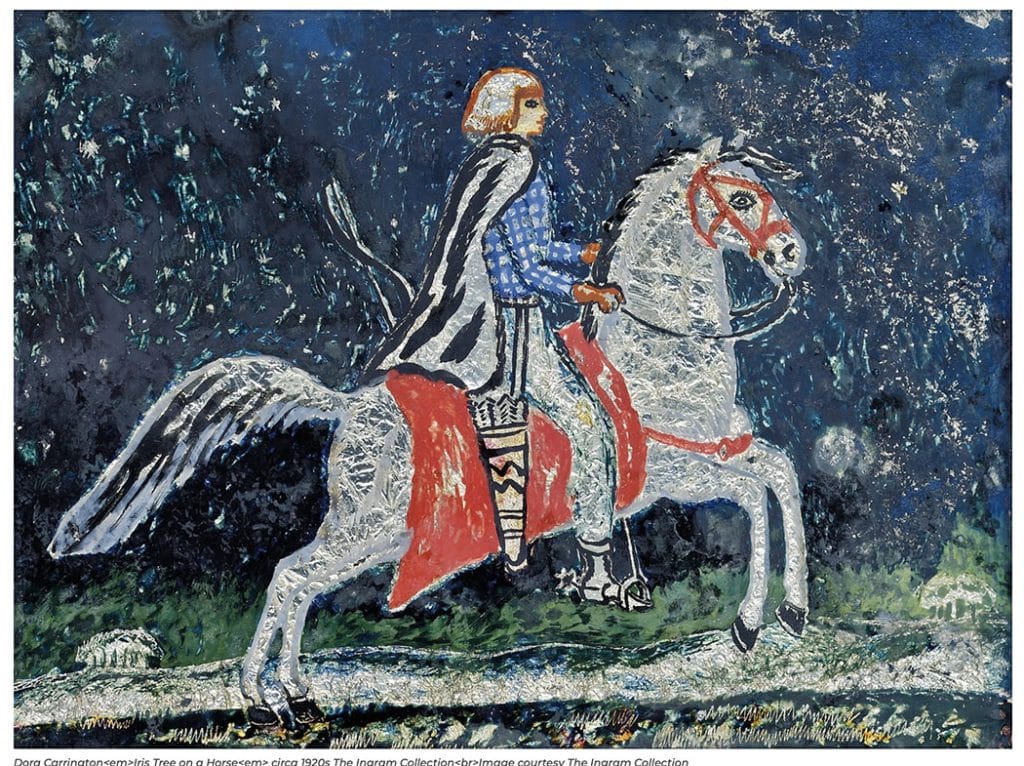
In conclusion, I’d like to add a beautiful description of Dora Carrington by Nadia Fusini:
“There is something self-destructive in her way of being. I have always been struck by this girl so full of talent who destroys the paintings she creates because she doesn’t believe in herself enough. The insecurity of gifts, after all, belongs to us as women.”
And maybe that’s why I love writing about and studying female artists who find their place in the world so much.
Dora Carrington teaches us freedom to the full.
To choose how to appear, what and who to love, what to create and how to die.
A strongly feminist and artistic statement that cannot leave us indifferent as contemporary artists.
